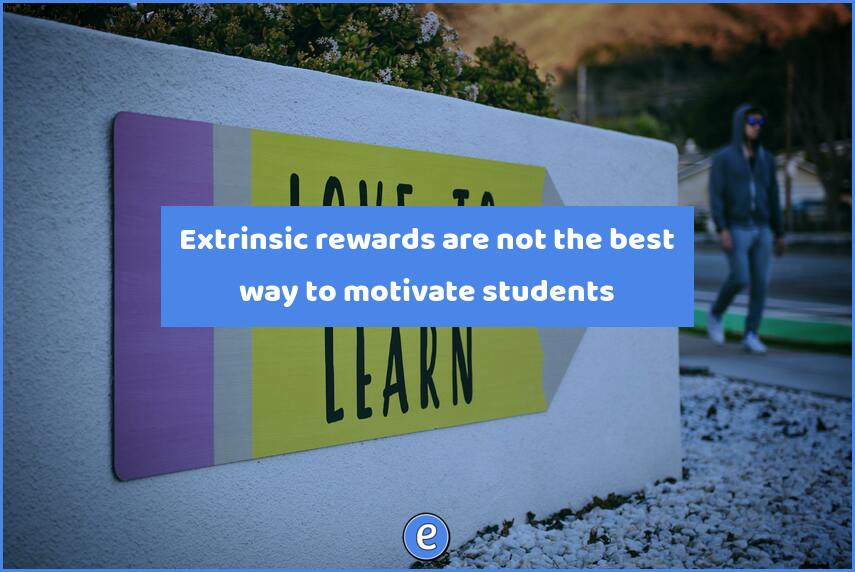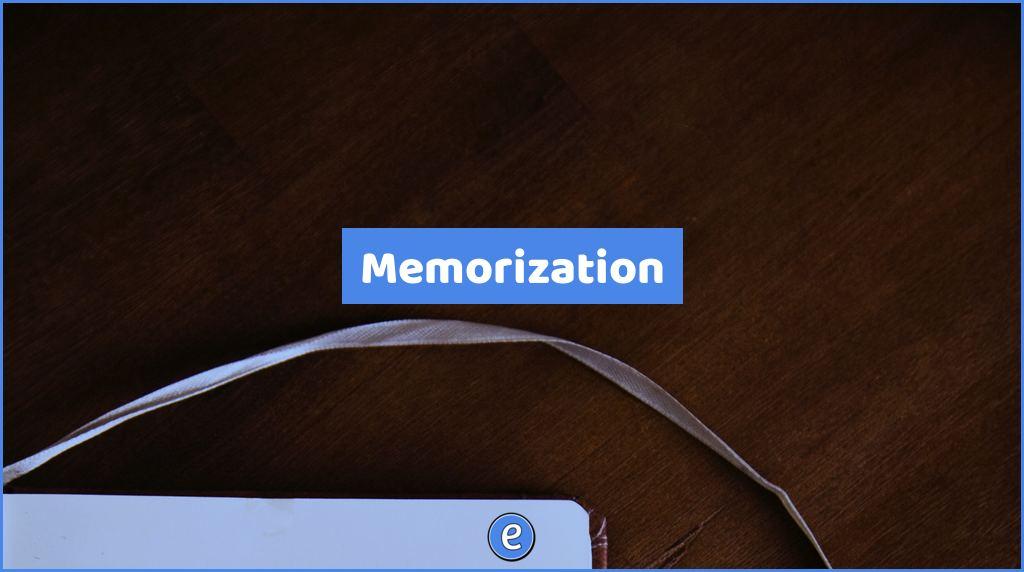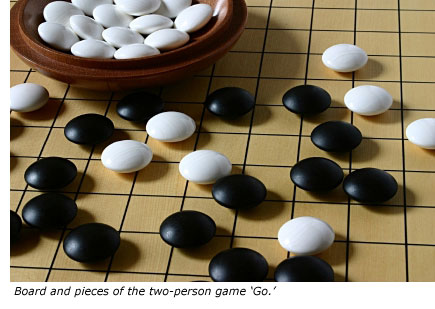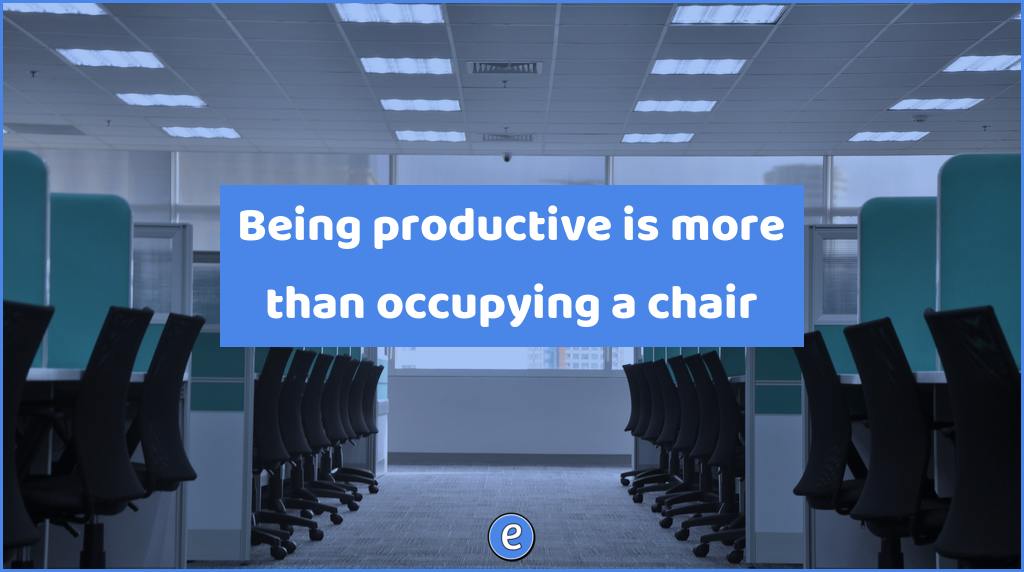Planning and building
Having decided you’d like to build a table, one of the first questions is likely, “How big will it be?” You’ll undoubtedly have some requirements to fulfill (must seat six, must match other furniture, must hold the weight of your annual twenty-eight-course Christmas feast, etc.) that will lead you to a rough decision.
With a size in mind, you can then build a mock up. At this point, the specific materials, style, and color don’t matter – only its three dimensions. Once you have your mock table, you now have the ability to make your first trip to the context in which you hope it will ultimately live. Attempting to carry your foam/wood/cardboard/balloon animal mock up into the dining room is highly likely to reveal a number of issues, and possibly new opportunities as well. Perhaps, though you’d never have thought it, a modern abstractly-shaped dining table would better compliment the space and requirements. (It worked for the Jetsons.) You can then take this into account in your next higher-fidelity iteration.
Source: Building in context | victoria.dev
As I read this article, I started to think about lesson planning. I know when I taught music, I was giving the same lesson several times a day. Fortunately for the last class, they got the best lesson. However, I felt guilty for the students in my earlier lessons, they didn’t get the best I had to give.
Looking back on it, I was planning my lessons in isolation, and only when I was teaching were the plans put in to context. I see now that I should have been practicing my activities before I taught the lesson, refining the presentation so that all of my students would get the best lesson that I could give.






